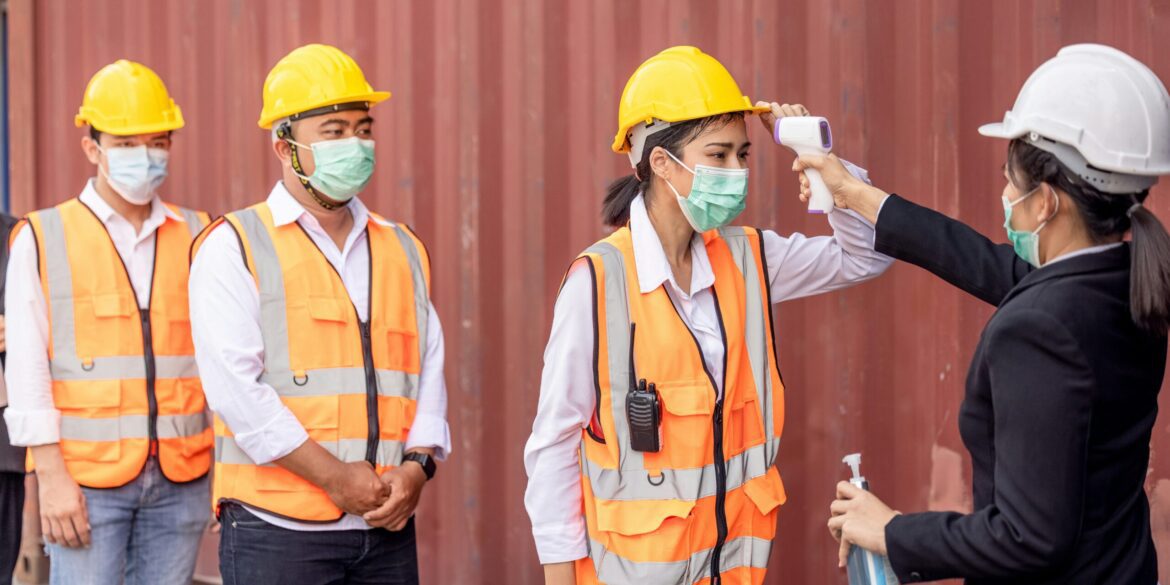On June 16, 2025, the U.S. Occupational Safety and Health Administration (OSHA) commenced a virtual public hearing to discuss its proposed Heat Injury and Illness Prevention rule. This initiative aims to establish the first federal standard specifically designed to protect workers from hazardous heat exposure in both indoor and outdoor environments. The hearing provides a platform for stakeholders—including labor organizations, industry representatives, and public health experts—to present their perspectives and recommendations.
The proposed rule responds to the escalating risks associated with extreme heat, which has become the leading cause of weather-related fatalities in the United States. Data from the Bureau of Labor Statistics indicates that between 2011 and 2022, 479 workers died from environmental heat exposure, averaging approximately 40 deaths annually. However, experts believe these figures underrepresent the true scope of the problem due to underreporting and misclassification of heat-related incidents.
Key Provisions of the Proposed Rule
The proposed standard mandates that employers develop and implement a comprehensive Heat Injury and Illness Prevention Plan (HIIPP) when workplace temperatures reach certain thresholds. Specifically, the “initial heat trigger” is set at a heat index of 80°F, requiring employers to provide access to potable water, rest breaks in shaded or air-conditioned areas, and acclimatization protocols for new or returning workers. When the heat index reaches 90°F—the “high heat trigger”—additional measures, such as a mandatory 15-minute paid rest break every two hours and enhanced monitoring for signs of heat-related illness, become necessary.
The rule applies across various sectors, including general industry, construction, maritime, and agriculture. It also emphasizes the importance of training employees and supervisors to recognize symptoms of heat-related illnesses and implement appropriate emergency responses.
Stakeholder Perspectives
Labor advocates have expressed strong support for the proposed rule, highlighting the urgent need for enforceable standards to protect workers, especially those in physically demanding jobs and high-risk environments. Douglas L. Parker, Assistant Secretary for Occupational Safety and Health, stated, “Workers all over the country are passing out, suffering heat stroke, and dying from heat exposure from just doing their jobs, and something must be done to protect them.”
Conversely, some industry representatives have raised concerns about the potential operational challenges and costs associated with implementing the new requirements. They argue that the rule’s provisions may impose significant burdens, particularly on small businesses and sectors with unique operational constraints.
Political and Administrative Challenges
The progression of the proposed rule faces uncertainty amid recent administrative changes. The Trump administration has undertaken significant budget and staffing cuts targeting climate and heat-related initiatives, including the elimination of key positions at the National Institute for Occupational Safety and Health (NIOSH) and the National Integrated Heat Health Information System (NIHHIS). Additionally, the administration has removed the Biden-era National Heat Strategy from government platforms and halted funding for community-level heat resilience programs previously supported by the Inflation Reduction Act.
These actions have raised concerns among public health experts and labor advocates about the federal government’s commitment to addressing extreme heat risks. V. Kelly Turner, associate professor of urban planning at the University of California, Los Angeles, remarked, “The government was catching up. We only kind of got halfway up the hill, and now we’re rolling the ball back down.”
Next Steps
The public hearing, which began on June 16, is expected to continue on subsequent weekdays as necessary. OSHA will consider the testimonies and evidence presented during the hearing to inform the finalization of the Heat Injury and Illness Prevention rule. The outcome of this process will significantly impact the establishment of enforceable standards aimed at safeguarding workers from the growing threat of extreme heat.

